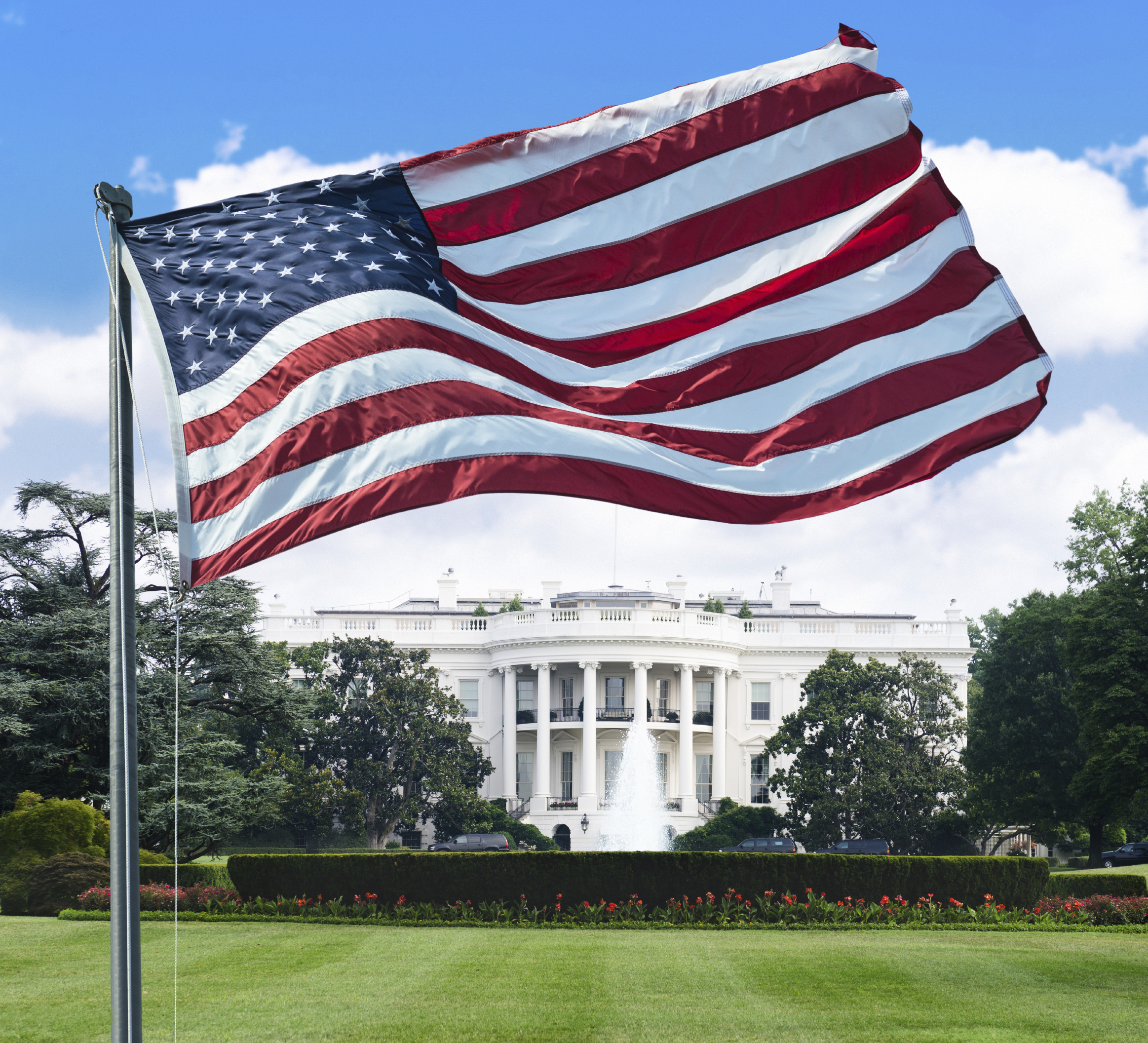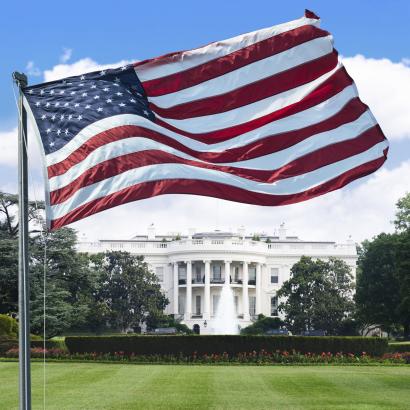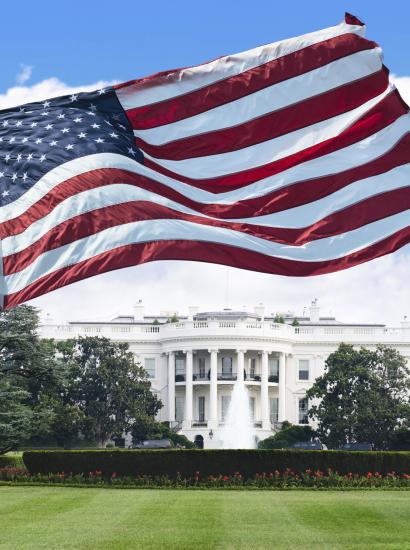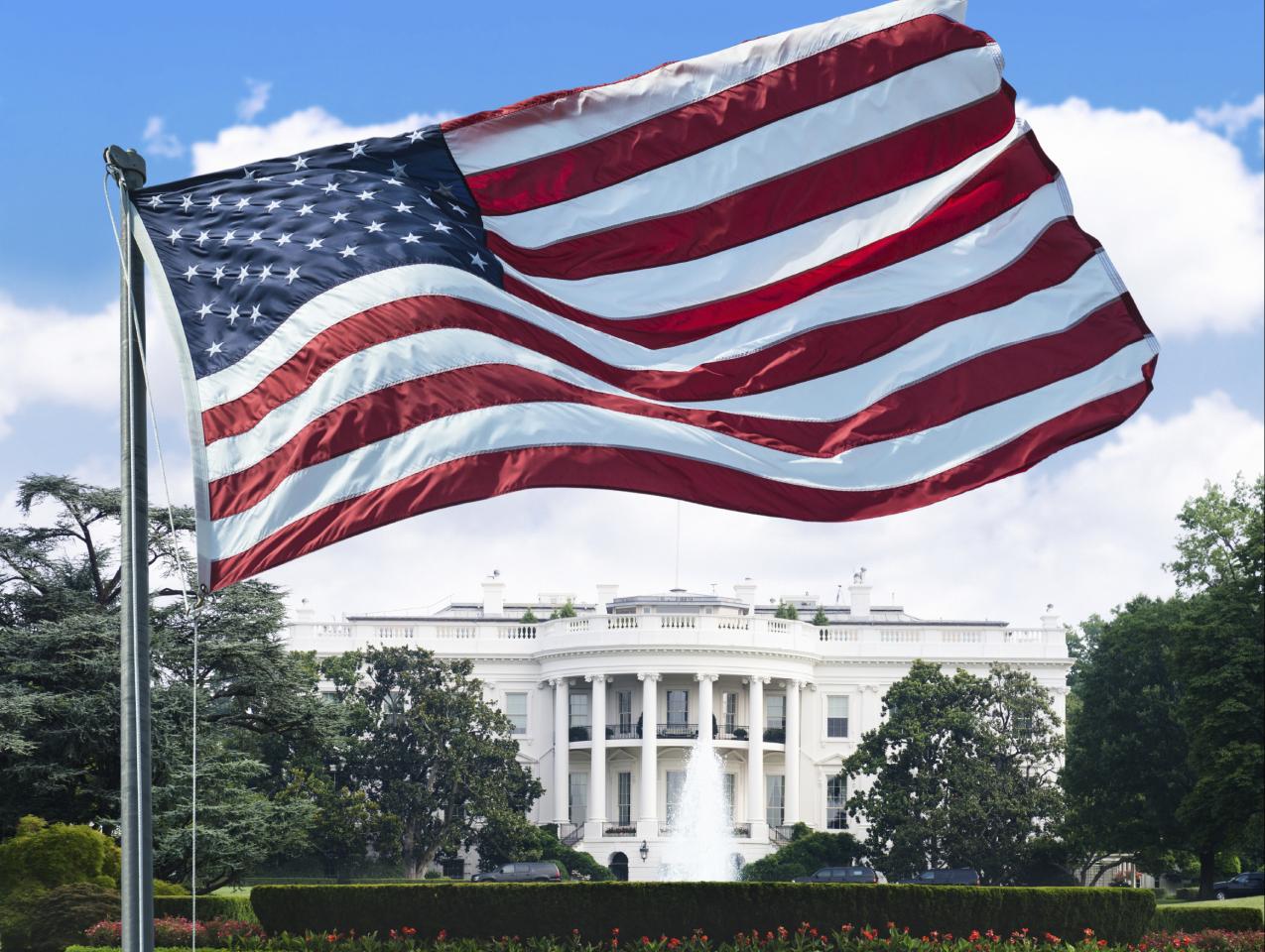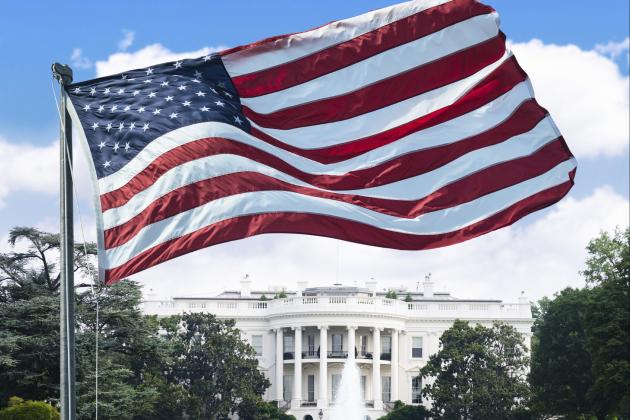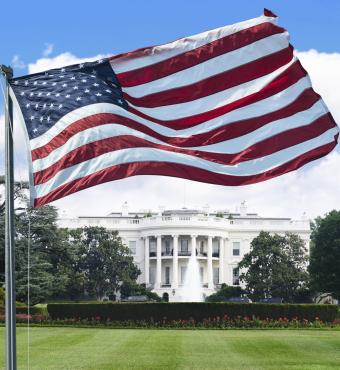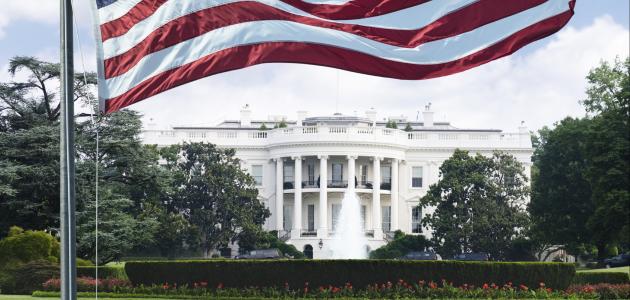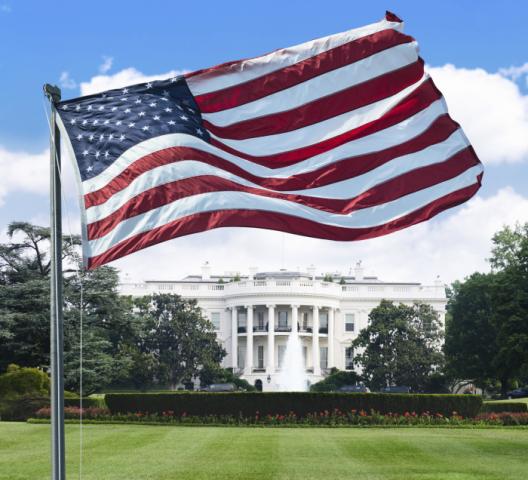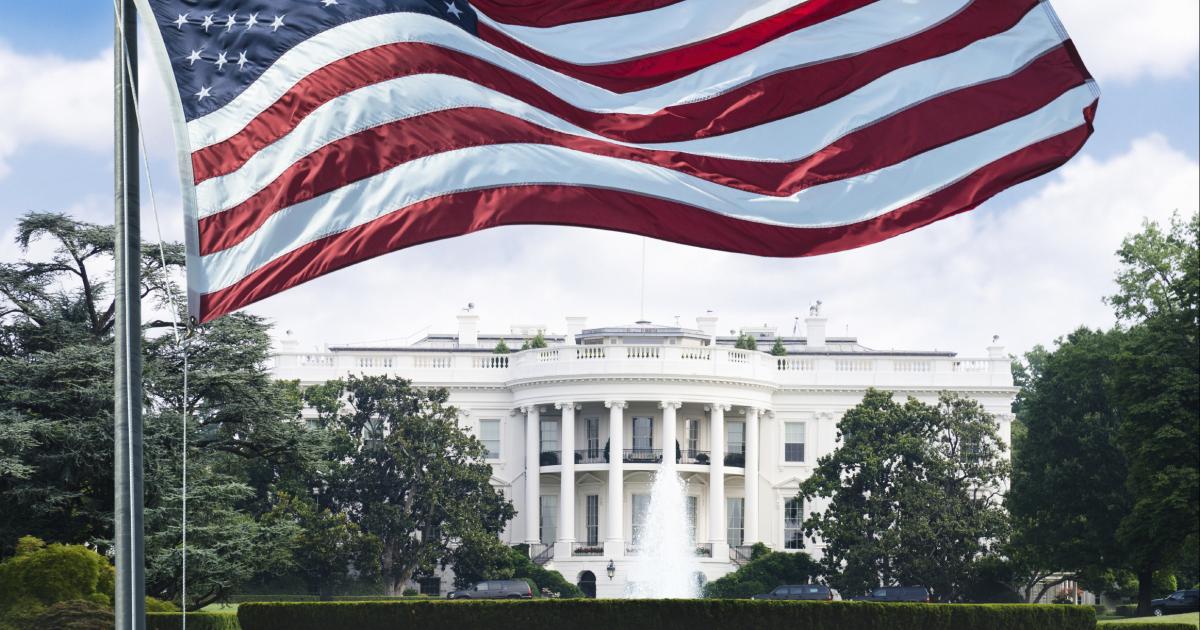- Politics, Institutions, and Public Opinion
- State & Local
- California
The most recent Golden State Poll had a lot of ground to cover. For the fourth January in a row, we asked Californians to reflect on the state’s government, public policy, and politics just as the governor is about to do the same in his yearly address to the state at the end of the month. And with a new White House and a Trump presidency about to begin too, we augmented our annual State of the State question series with a battery of questions about what California voters think a Trump administration could mean for the Golden State. We cover a set of public policy ideas that Donald Trump made promises about during the presidential campaign, but we honed in on immigration, asking about Trump’s deportation plan, the proposed border wall, and sanctuary cities. Finally, in an already meaty survey, we made room for a question about the reemergence of the idea of independence for the Republic of California, or Calexit.
The survey, administered by the survey research firm YouGov and sponsored by the Hoover Institution in partnership with Stanford University’s Bill Lane Center for the American West, was conducted January 5-9th, 2017. The survey’s sample was 1700 adult Californians, including about 1500 self-identified registered voters. The margin of error for the full sample is plus or minus 3.82 percent for the full weighted sample. The full results, with data reported by demographic and political groups, are available here. Among our most notable findings:
Californians’ Assess the State of the State
When we asked Californians about the direction of their state over the last year, the view was decidedly mixed. 31% of Californians responded that things in California had become worse while the same share, another 31%, said that things had become better. Slightly more of the Californians we surveyed, 36%, said that, in their view, things had stayed the same. This does represent some very modest improvement from last January, when 38% said the things were worse and 27% said things were better.
In addition to the general question about how California faired during the previous year, we also asked for an assessment of California state government. As in previous State of the State editions of the Golden State Poll, we asked whether the way Sacramento runs serves as a good model for other states to follow. 44% of voters strongly or somewhat agreed that California state government was a good model for other states, more than the 34% who somewhat or strongly disagreed or the 22% who neither agreed or disagreed. This positive view is largely driven by Democrats, 62% of whom hold out Sacramento as model compared to 26% of California Republicans. Independents are evenly divided, with 33% agreeing the state government is a good model, 34% disagreeing and 33% unsure.
How Governor Brown has Handled the State’s Challenges
On the range of issues that we asked Californians to consider, Governor Brown has the surest footing among voters on his leadership in response to the drought. 53% strongly or somewhat approve of the governor’s handling of the state’s response to the drought, with 21% disapproving, a low across the seven issues. Among respondents with the highest self-reported interest in following the news, 58% approved of Brown’s approach on the drought.
Governor Brown has similar levels approval on how he has encouraged economic growth in the state, with 51% approving, with that figure higher, 56%, among Californians who said they follow the news most of the time. Likewise, a near majority of voters, 47%, approve of Brown’s management of the state’s budget, with 56% support among voters who said they follow the news.
Brown’s “areas for improvement” are clearly in infrastructure, with only 39% of voters approving of how he has handled issues of transportation infrastructure. On the question of his support for tunnels to transport water under the California Delta, more voters disapproved (40%) than approved (36%). Even among those voters who follow the news most closely, the approval of Brown’s handling on these issues is in the 40s.
Education is also a sticky area for the governor. On the matter of funding for K-12 education, 48% of California voters approve of how Brown has handled the challenges. Support is similar for Brown’s approach to funding for public higher education, 46%. Also notable is that, when it comes to education, the governor does not enjoy the significant bump in support among voters most interested in the news that he does for other issues. Among that subset of voters, 50% approve of Brown’s handling of K-12 funding and 49% support his approach on California public higher education.
Voters Set their Priorities
One year ago, with the reality of the drought in California inescapable, dealing with the state’s water problems jumped to the top of our list of twenty issues that we asked Californians to prioritize. Today, the challenge of the state’s long-term water shortages still ranks one of the items at the top of the to do list that Californians have for the state government. 61% of California voters see it as a top priority, effectively tied with the need to strengthen the state’s economy (62%). Also seeing majorities indicate the issue as a top priority for Sacramento in the coming year: balancing the state’s budget (54%), improving the job situation (54%), and reducing crime (53%).
Dealing with the issue of illegal immigration was a top priority for 42% of all voters. This ranked squarely in the middle of the pack in this year’s survey, 10 out of 20. This is, interestingly, a few spots lower than last January’s survey. White and Hispanic voters were similarly likely to put the issue as a top priority, 44% and 40% respectively.
What does a Trump Presidency Mean for California?
The topic of immigration leads us to the second major part of this year’s State of the State Golden State Poll, Californians’ thoughts about how a Trump presidency and the possible changes to national policy could affect life in California.
Deportation and The Wall
We asked Californians about Trump’s campaign promise to deport illegal immigrants. In doing so, we prompted respondents to focus on what they think this deportation plan would mean for California, rather than the nation or them personally. This is the approach we took on all the policy questions in which we asked respondents to think about a proposed policy’s effects. In our deportation question, we provided some detail about the president’s proposed deportation plan that would permanently bar illegal immigrants who have been convicted of other crimes from reentering the U.S. but would allow other immigrants to re-enter the country legally to live and work.
While we did not find majority support among Californians for the deportation plan, a plurality of California registered voters, 44%, and 46% of Independents, said that they thought the state would be much or somewhat better off if Trump’s deportation plan took place. This view was held my more respondents than those who disagreed and thought the state would be worse off with the deportation plan. 39% of all registered voters thought that California would be somewhat or much worse off, along with 35% of Independents. Among white voters support did tick into a bare majority, 51% to 36%. Hispanic voters were more likely to view the deportation idea unfavorably, 30% to 47%. These numbers speak to Blue California’s long and complicated relationship with illegal immigration.
That knotty picture extends to how Californians think about the prospect of a wall built across the entire southern border of the United States. California voters have a less positive view of the wall’s impact on their state than a deportation plan, with more, 45% see the California being worse off, compared to 35% who would expect the state to benefit overall. White voters, as a group, hold the reverse opinion, saying 43% to 41% that California would be better off. In contrast Hispanic voters are overwhelmingly of the view that California would be worse off, with only 22% with a positive view and 55% saying the state would be worse off.
Given the arguments about jobs and illegal immigration made by the wall’s supporters, it is notable that the least supportive income group are those California voters with family incomes under $40,000 per year, with only 28% with a favorable view of the impact of the border wall on California. Among Californians earning between $40,000-$100,000 and those in families earning over $100,000, 38% in both groups see the wall as beneficial to California.
Sanctuary Cities
Trump’s immigration policy might also bring dramatic changes to California if the new White House does try to bring an end to so-called “sanctuary cities,” where local policy or city government employees do not automatically turn over illegal immigrants to federal law enforcement officers for possible deportation.
Our survey found California voters equally split on support or opposition for sanctuary cities, 40% supporting and 41% opposing the practice. Among Independents, one-in-three, 31%, supported sanctuary cities but opposition was the majority position among these unaffiliated voters, with 53% disapproving of these immigration law enforcement practices. There were notable racial and ethnic differences on the issue as well. White Californians oppose the practice of sanctuary cities, 37% to 49%. In contract, hispanic voters support support them 46% to 29%.
We also conducted an information experiment in which we asked about opinions on Trump’s suggestion of denying federal funding to sanctuary cities to pressure municipalities to end the practice. We asked half of respondents about the idea without being specific about the federal programs that could be effected. The other half saw a version of the question that listed five programs, including homeland security and low-income school lunch programs.
In response to the general question, Californians were divided with no majority position emerging, 38% supporting and 40% opposing. The overall results were statistically similar in the more detailed question, 40%-40%.
A notable shift did occur, however, among Independent voters, who were more likely to support denying federal funding to sanctuary cities when programs were named. Independents were 34%-35% on the general question but 46%-37% on the question that provided the additional information. The subgroups of independents, especially on this split sample experiment, are relatively small, so these results should be interpreted cautiously. That said, these results are glass half full or half empty depending on your position in this debate. Either the status quo would likely be safe if the decision were left to Californians or it seems possible to influence Independent voters to support federal funding sanctions for sanctuary cities.
Gazing into the Crystal Ball
What expectations do Californians have for a Trump presidency? When asked to make an overall judgement about whether Trump’s term over the next four years would be successful or unsuccessful, most Californians said they expected Trump’s first term to be unsuccessful (45.5%) or indicated they were not sure (19%), with 35.5% responding that they expected the next four years to be successful. These numbers are about what we would expect in state that voted 61.6% for Hillary Clinton and 32.8% for Trump in the presidential election. And while Democrats and Republicans split in the predictable partisan directions on their expectations for a Trump presidency, Independents are roughly equally divided: 35% saying successful, 41% predicting an unsuccessful presidency, and 25% unsure.
The more interesting results on this question come from looking at the responses by demographic subgroups of respondents, especially gender and race. As many men expect the Trump administration to be successful as unsuccessful (41% to 42%). Women, however, foresee an unsuccessful Trump term by almost 20 percentage points (31% successful to 49% unsuccessful). As with men, white and Asian respondents have split expectations (whites: 43% to 42%; Asians 40% to 41%). But Hispanic respondents went 2-1 for the expectation of an unsuccessful Trump presidency (27% successful to 53% unsuccessful).
Calexit
As the coda to our January 2017 survey, we asked Californians about the notion that California should declare its independence from the rest of the United States. We presented the possibility of a November 2018 ballot initiative calling for a special election to decide and asked, if that special election were held today, would you vote for or against California declaring its independence to become its own country. We asked this question in two different formats, one of which used the term “secession.” The aggregate results were statistically similar.
In short, in response to neither question did large numbers of Californians think this was a good idea. Opposition ran double support in both cases, 58% to 25% and 54% to 27%. Among partisans, Democrats were more likely to support Calexit than Republicans, but in the wake of a presidential election, one has to wonder if those partisan differences are driven by dissatisfaction withe the outcome of the presidential race rather than anything inherent in the politics of the Golden State.







